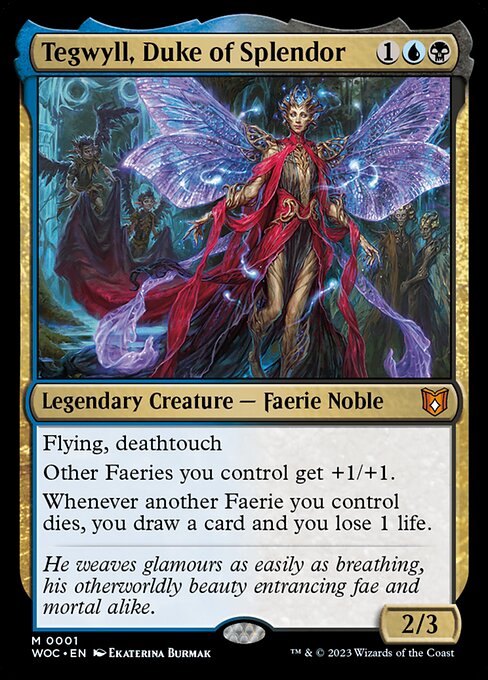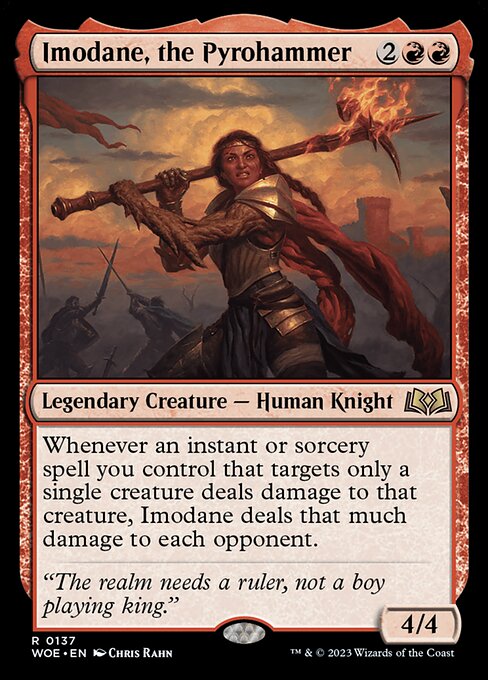Deck & Commander Strategies
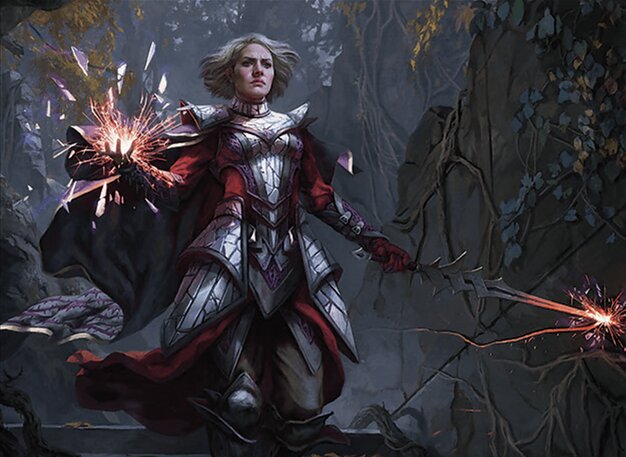
Rowan, Scion of War
A Rakdos combo/control deck that uses Rowan's ability to reduce the cost of black and red spells proportional to life lost in the turn, aiming to cast Ad Nauseam for massive card draw followed by a large damage spell to finish opponents.
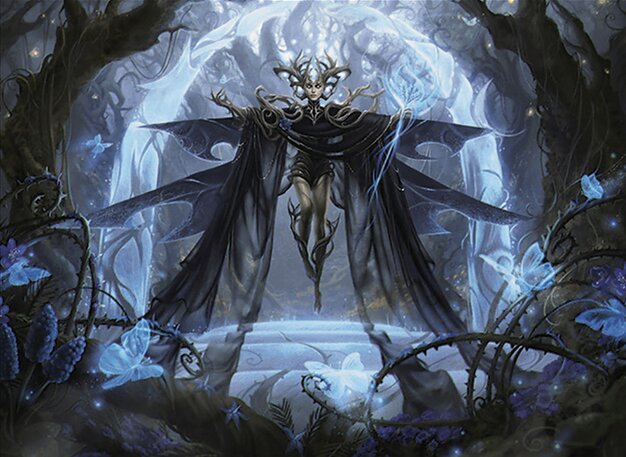
Talion, the Kindly Lord
A Dimir control deck that picks a number to punish opponents for casting spells with matching mana cost, drawing cards and dealing incremental damage, supported by bounce spells and tempo plays.

Tegwyll, Duke of Splendor
A fairy tribal deck focused on buffing fairies, generating tokens, and using board clears like Kindred Dominance and Raise the Palisade to eliminate non-fairy threats while drawing cards from fairy deaths.

Imodane, the Pyrohammer
A Boros damage multiplier deck that leverages Imodane's ability to reflect single-target instant and sorcery damage onto all opponents, amplified by cards like City on Fire and Fire Emancipation to deal widespread damage.
Gameplay Insights
- 1
Blake's choice of the number two with Talion, the Kindly Lord effectively punished early two-cost creatures and spells, generating card advantage and incremental damage to opponents.
- 2
Ben's use of Rending Volley to destroy Rowan, Scion of War removed a major threat and triggered Imodane's damage to all opponents, exemplifying efficient removal with multi-player impact.
- 3
CGB focused on ramping and setting up for a large Ad Nauseam draw to fuel a potential game-ending damage spell, leveraging Rowan's cost reduction to maximize efficiency.
- 4
Shea capitalized on fairy tribal synergies with cards that boost fairies and clear the board of non-fairies, combining aggression with card draw from creature deaths.
- 5
The interaction between single-target damage and Imodane's triggered damage to all opponents created tension in spellcasting decisions, forcing players to weigh risks of damage multipliers.
Notable Cards
-
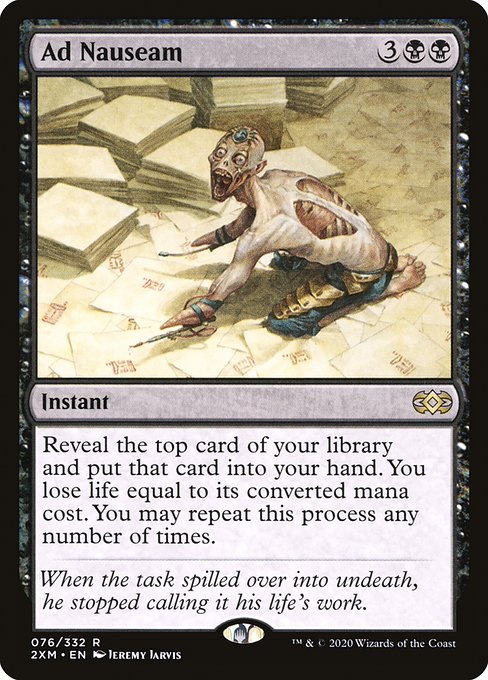
Ad Nauseam
-
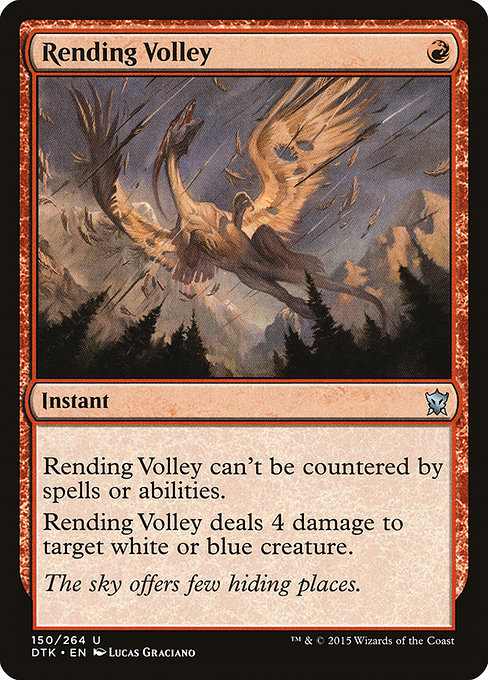
Rending Volley
-

Mayhem Devil
-
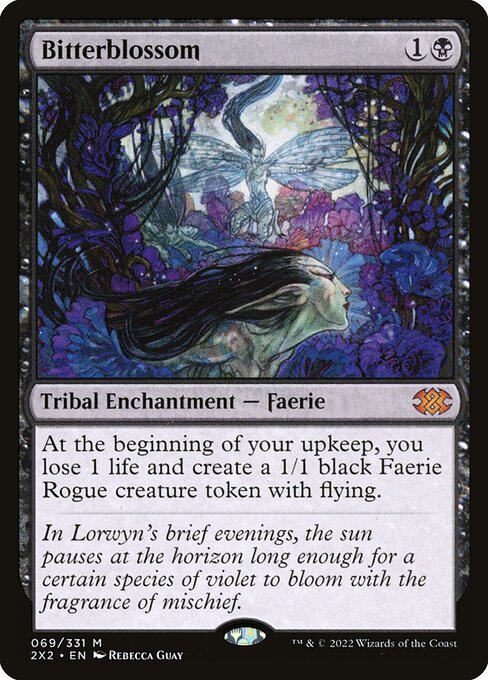
Bitterblossom
-
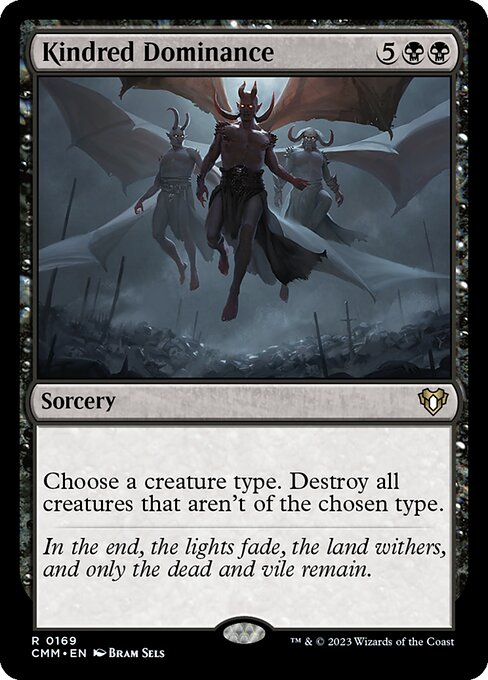
Kindred Dominance
-
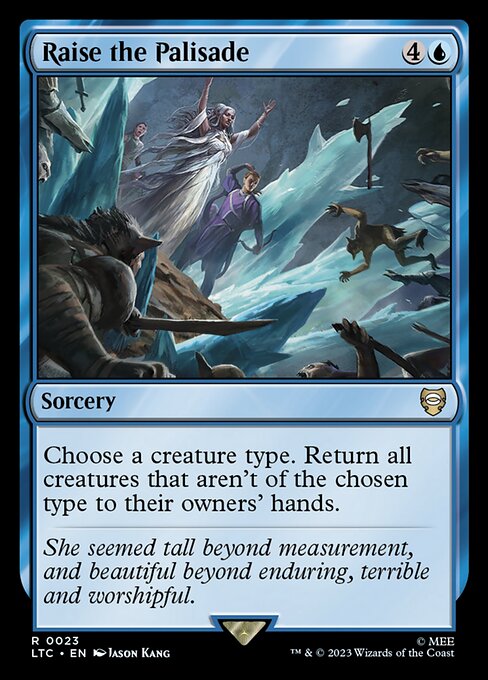
Raise the Palisade
-
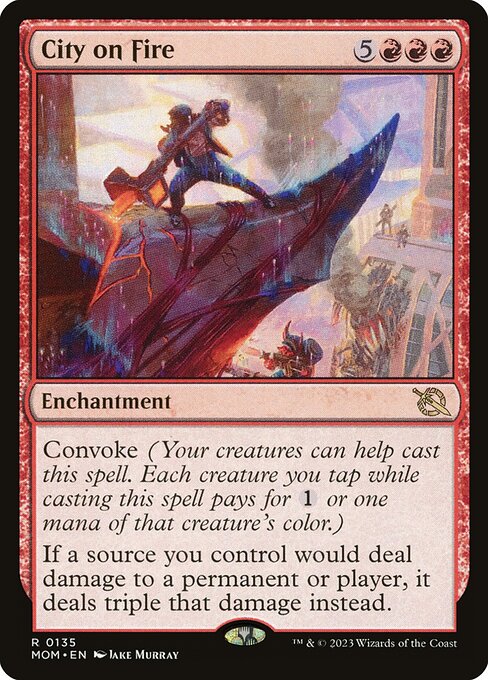
City on Fire
-
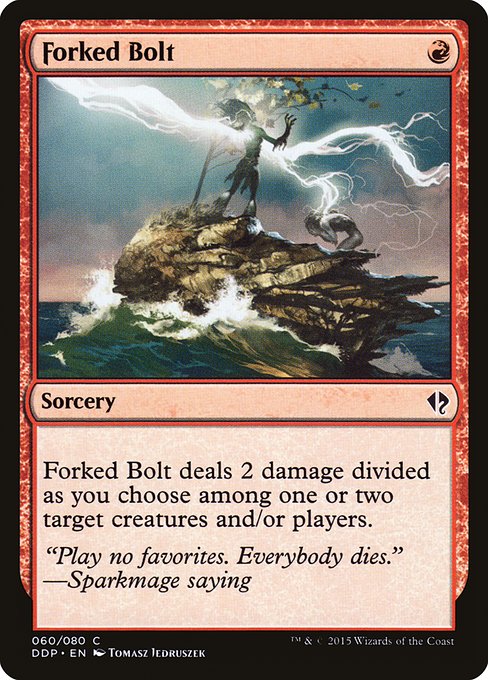
Forked Bolt
Gameplay Summary
The game began with players establishing their mana bases and early board presence, with notable plays including Blake casting Talion, the Kindly Lord and choosing the number two to capitalize on common two-cost creatures and spells.
Early aggression was tempered by tactical plays such as Ben using Rending Volley to remove key threats and trigger Imodane, the Pyrohammer's damage effect against opponents.
CGB focused on ramping and setting up a combo-centric Rakdos deck aiming to leverage Rowan, Scion of War's cost reduction ability and powerful spells like Ad Nauseam to draw large numbers of cards and deal massive damage.
Meanwhile, Shea developed a fairy tribal synergy with Tegwyll, Duke of Splendor, threatening to wipe the board of non-fairies and generate card advantage through creature deaths. As the game progressed, players navigated around each other's strategies, with Ben's Imodane punishing opponents for single-target damage spells, and Blake's Talion drawing cards and dealing incremental damage tied to selected mana costs.
CGB's deck aimed to survive early aggression and build up to a massive Ad Nauseam draw, while Shea focused on multiplying fairies and controlling the board.
The interplay of life loss triggers, bounce spells, and damage multipliers created tense moments where players had to balance aggression with survival.
The game showcased a complex dance of synergy exploitation and damage management, with each deck leveraging its unique mechanics to pressure opponents and seek victory.




